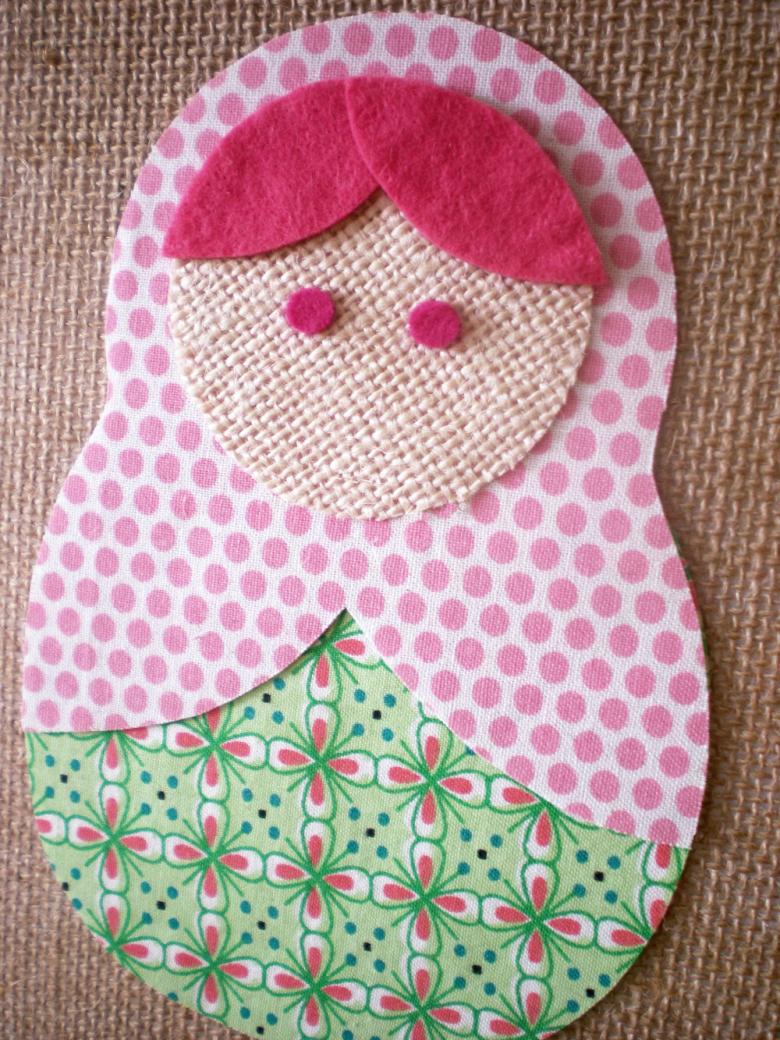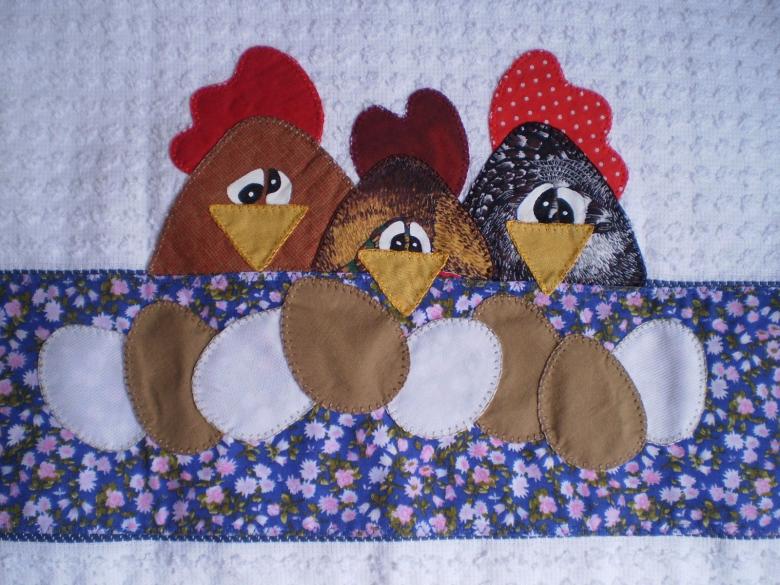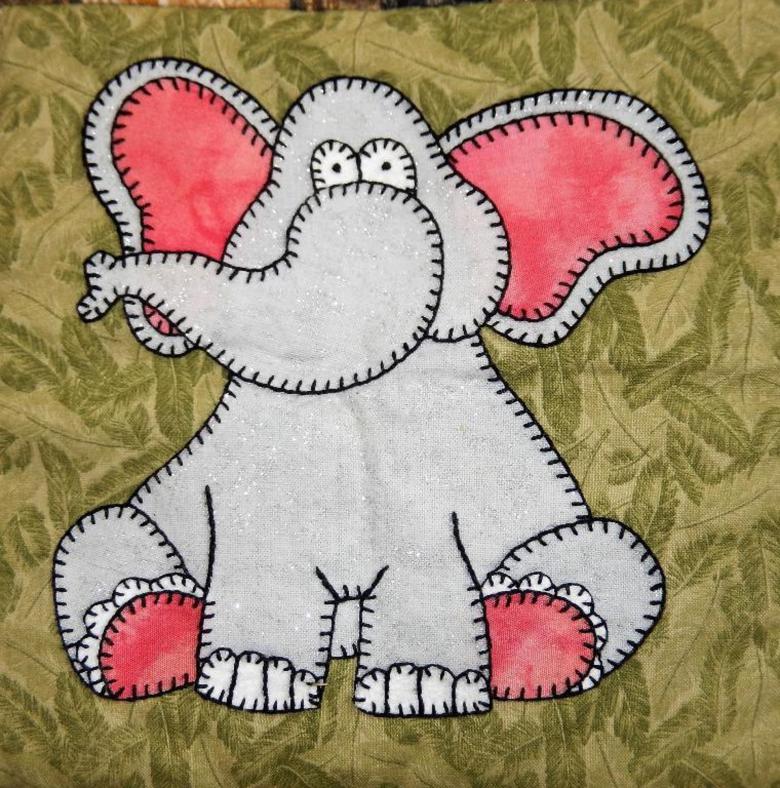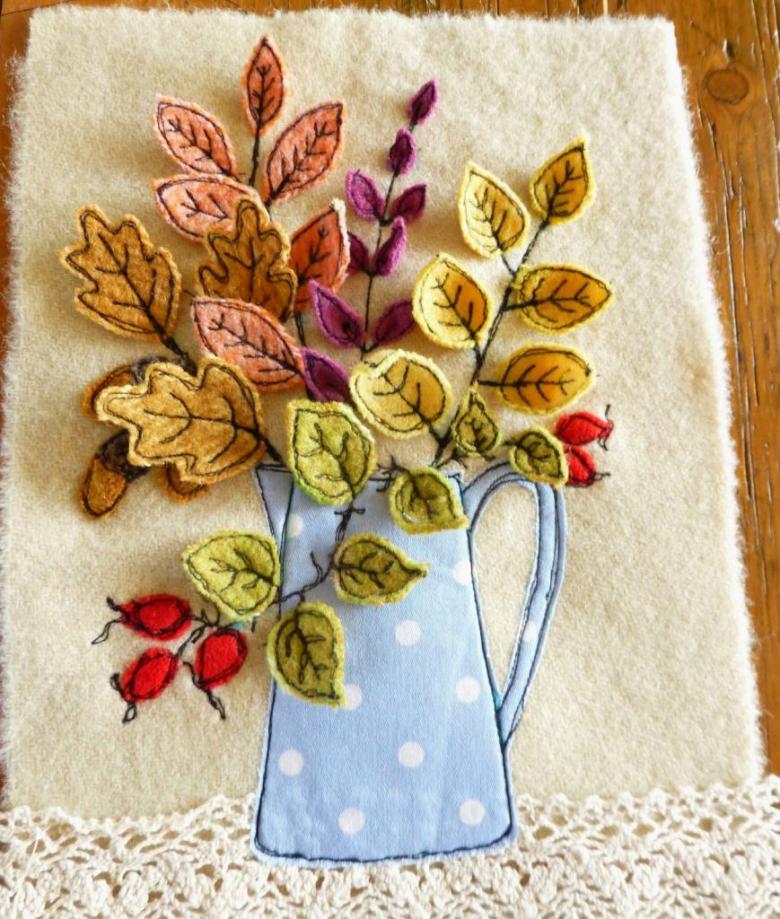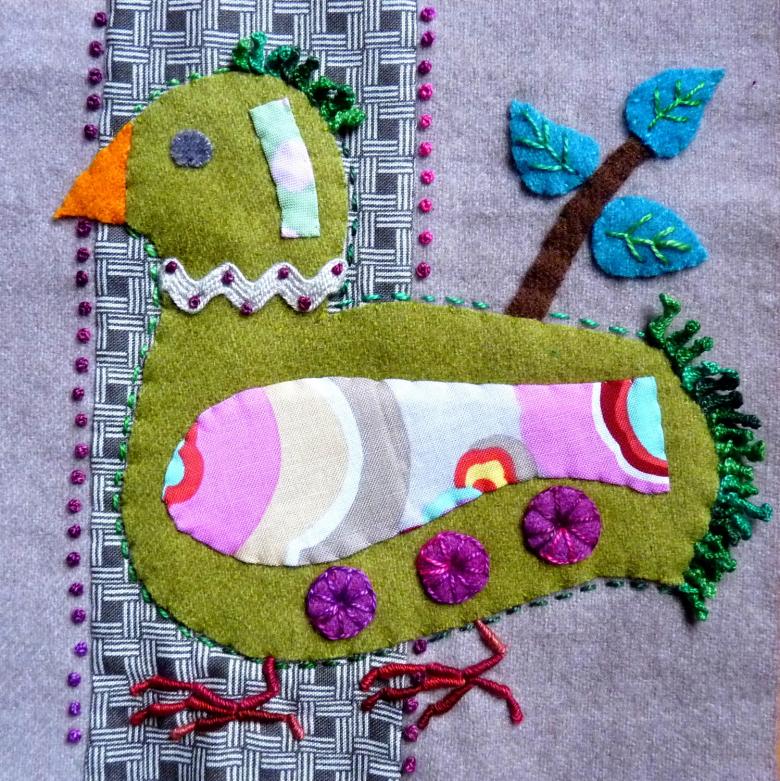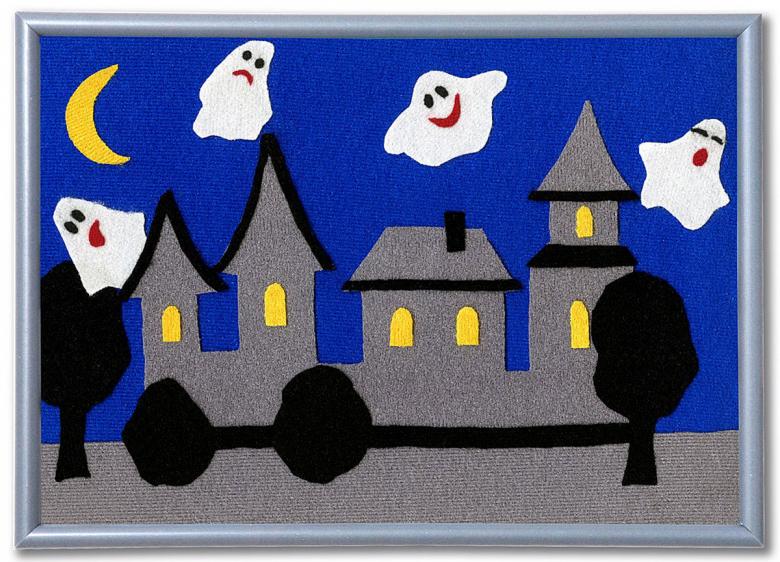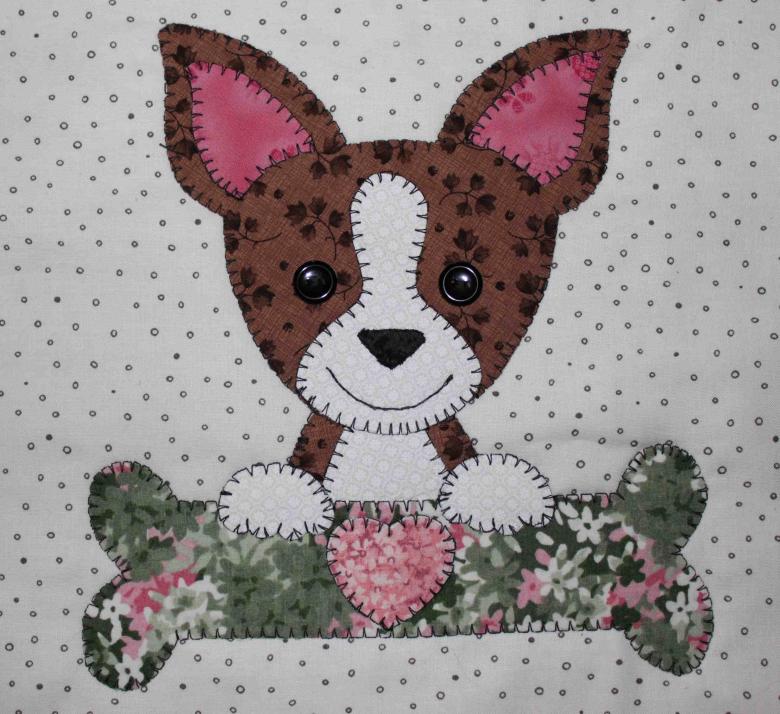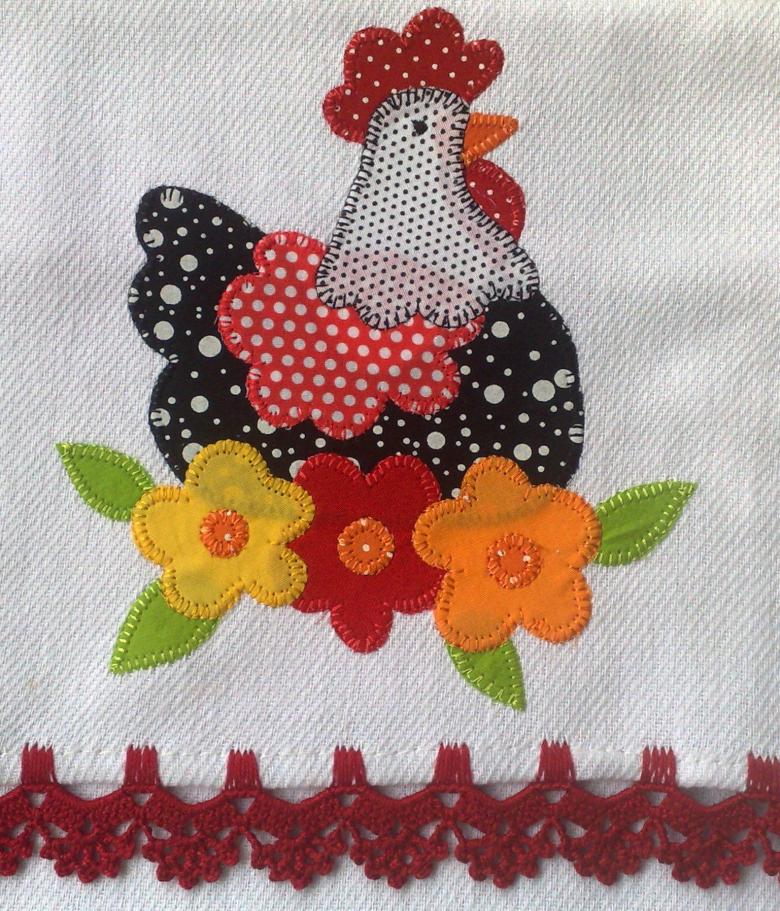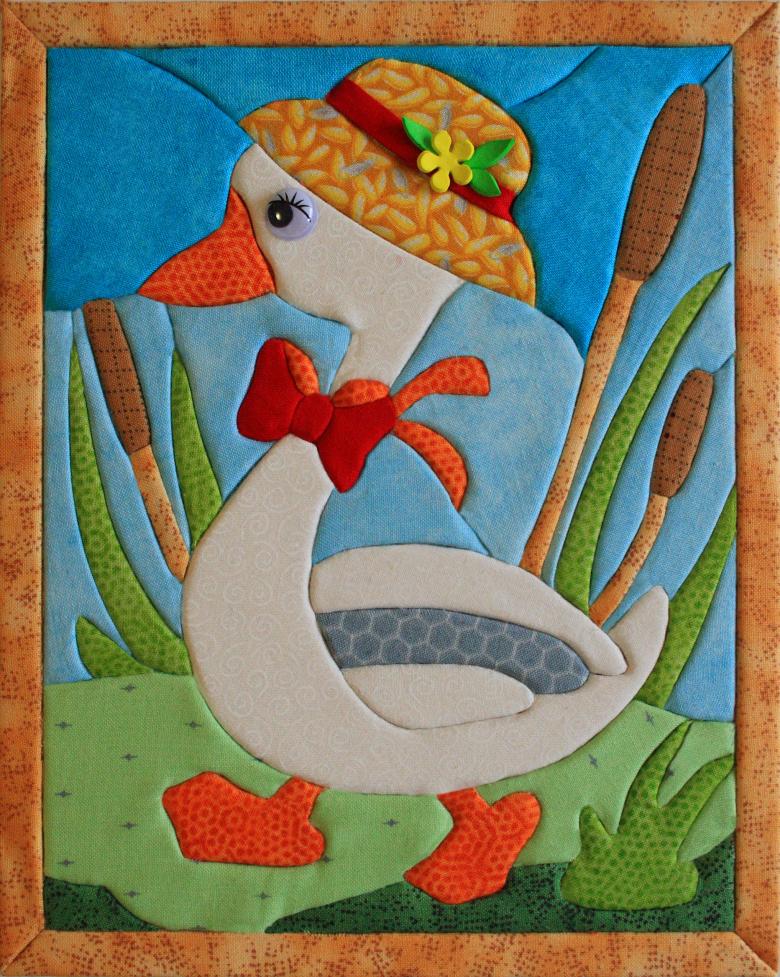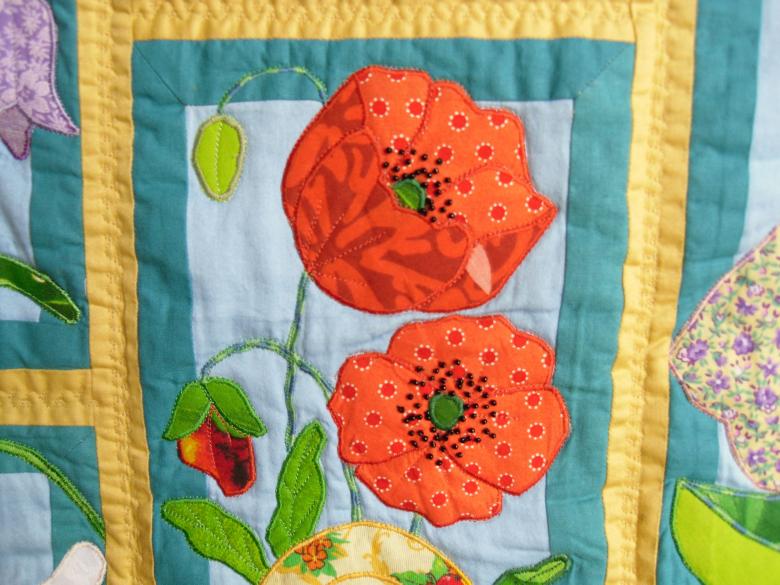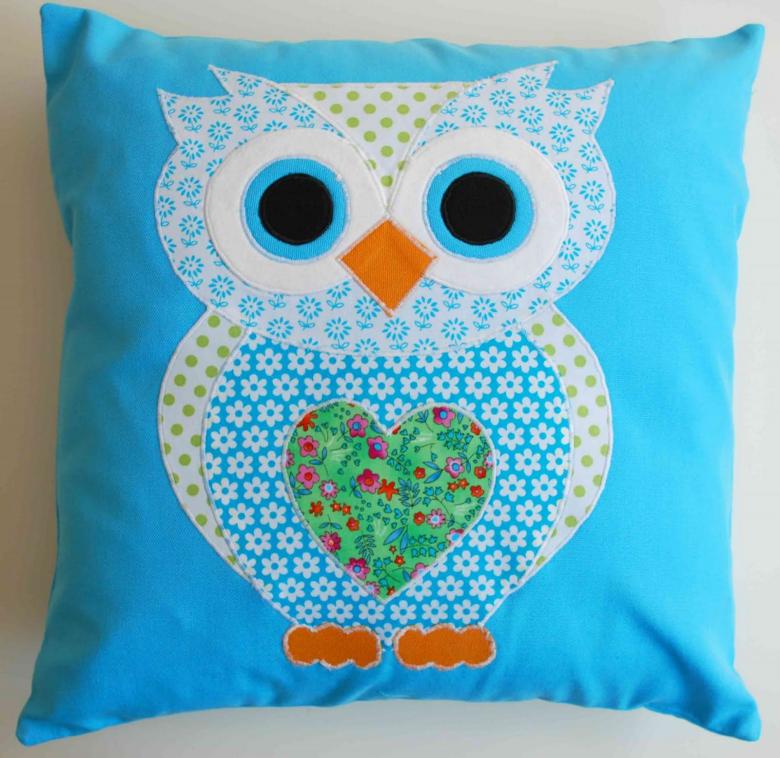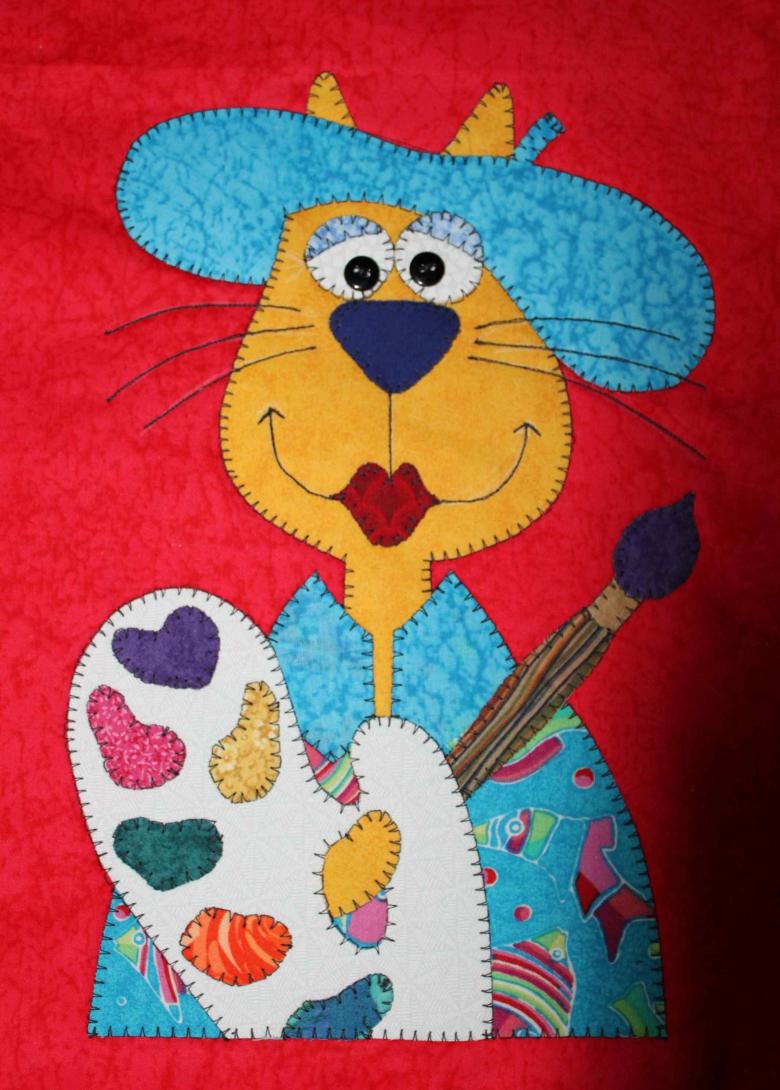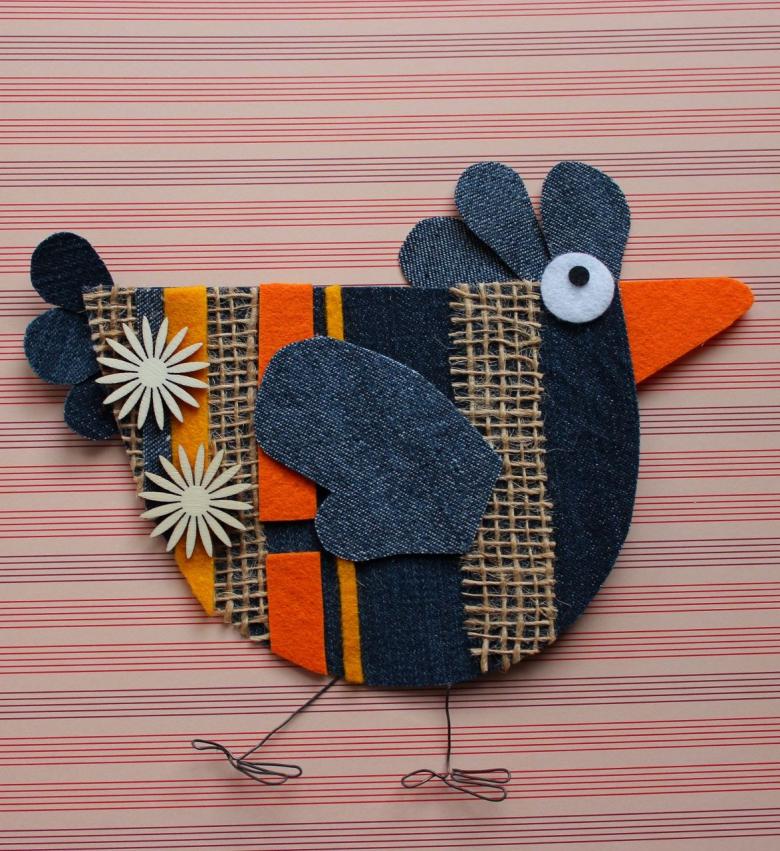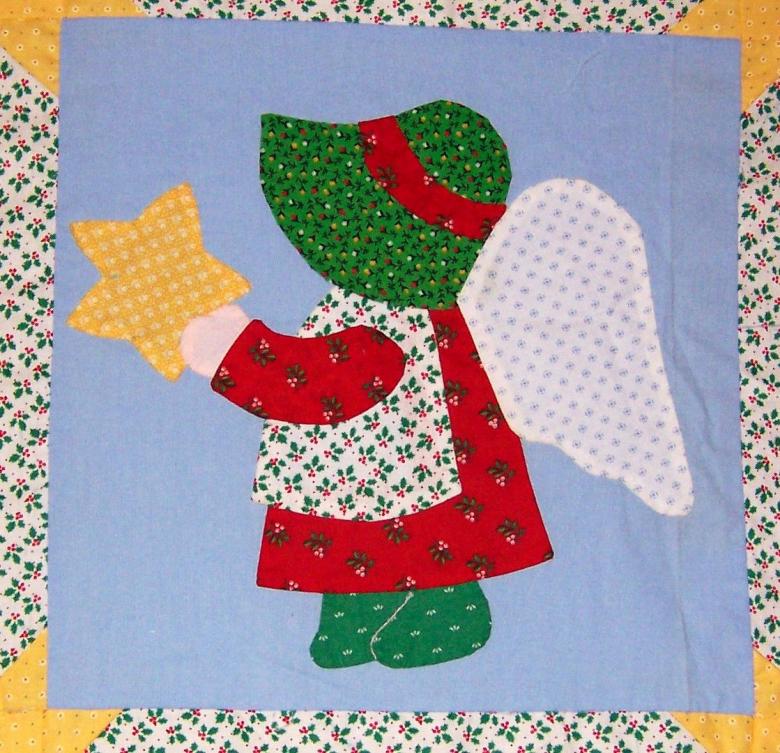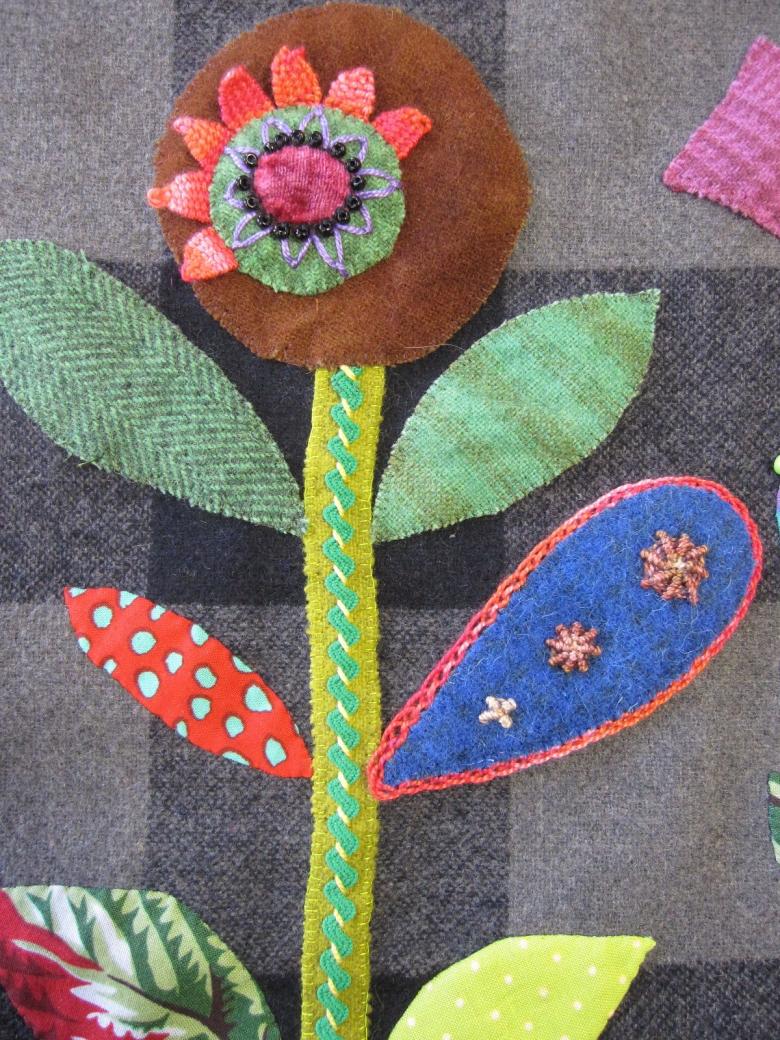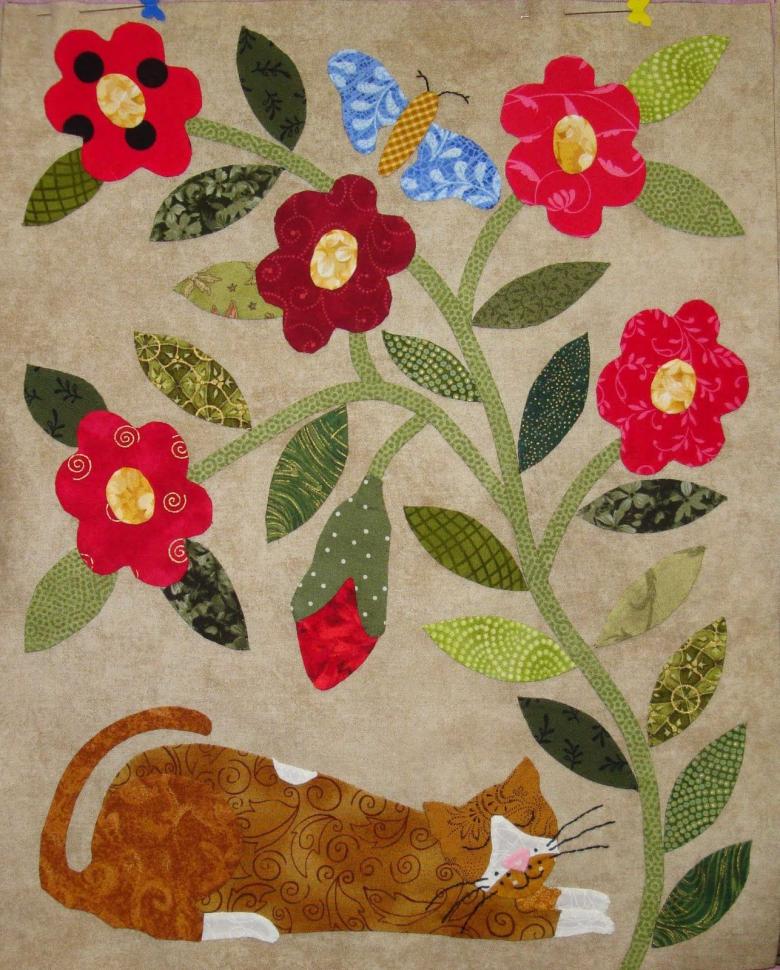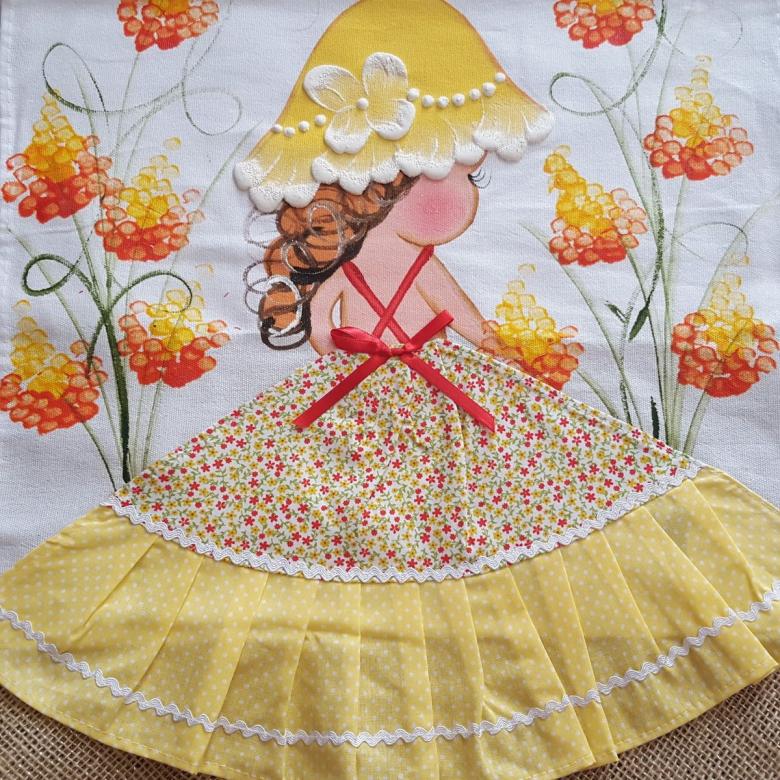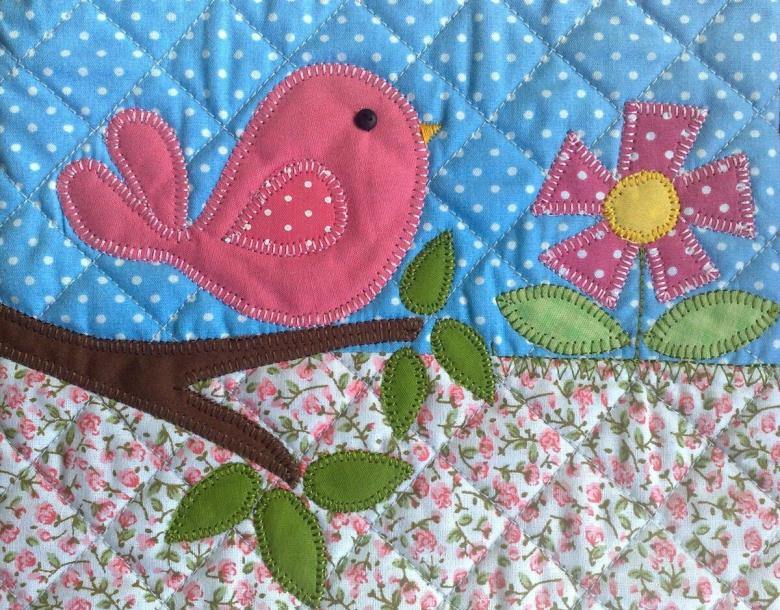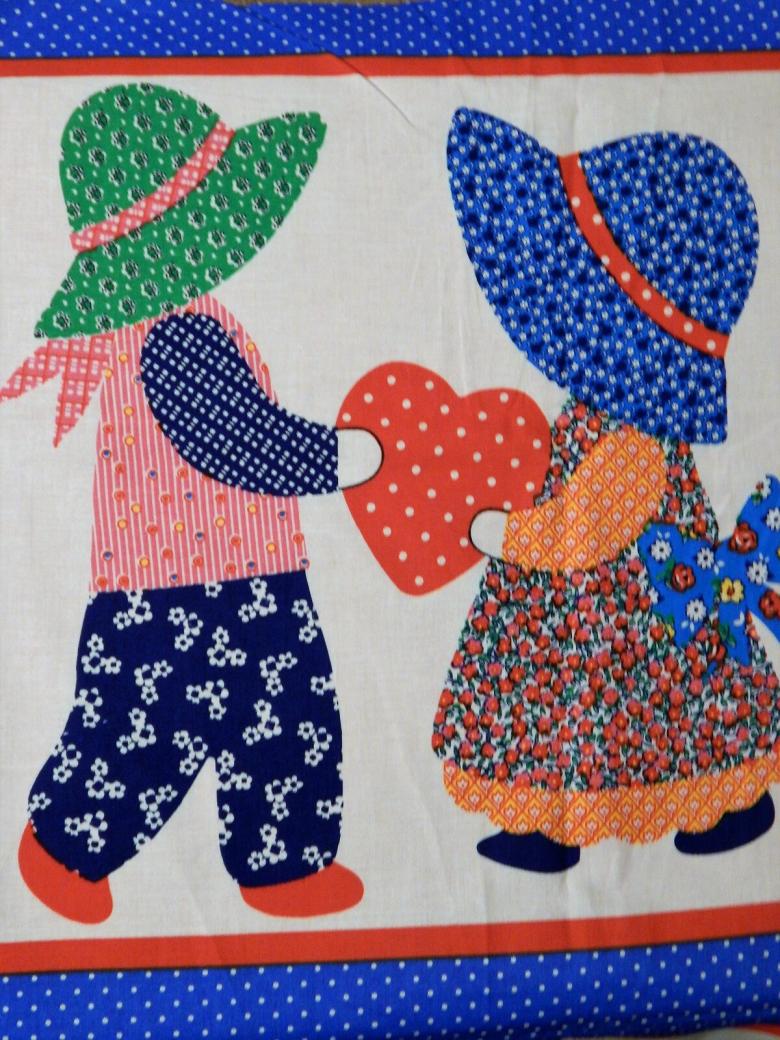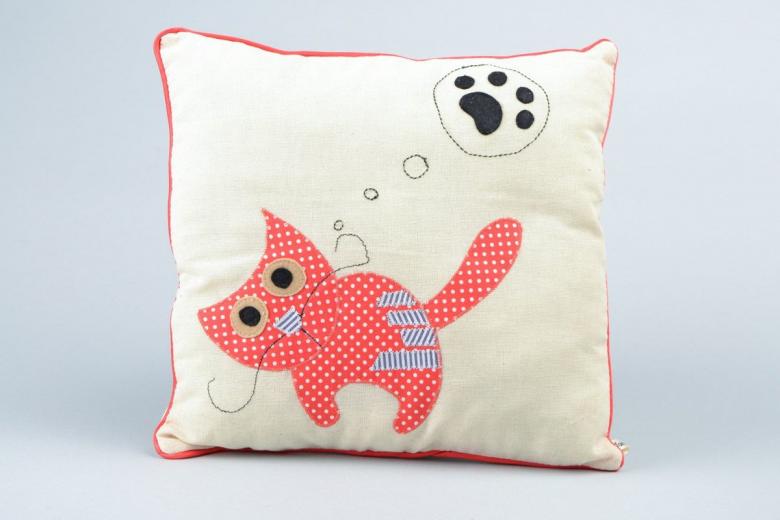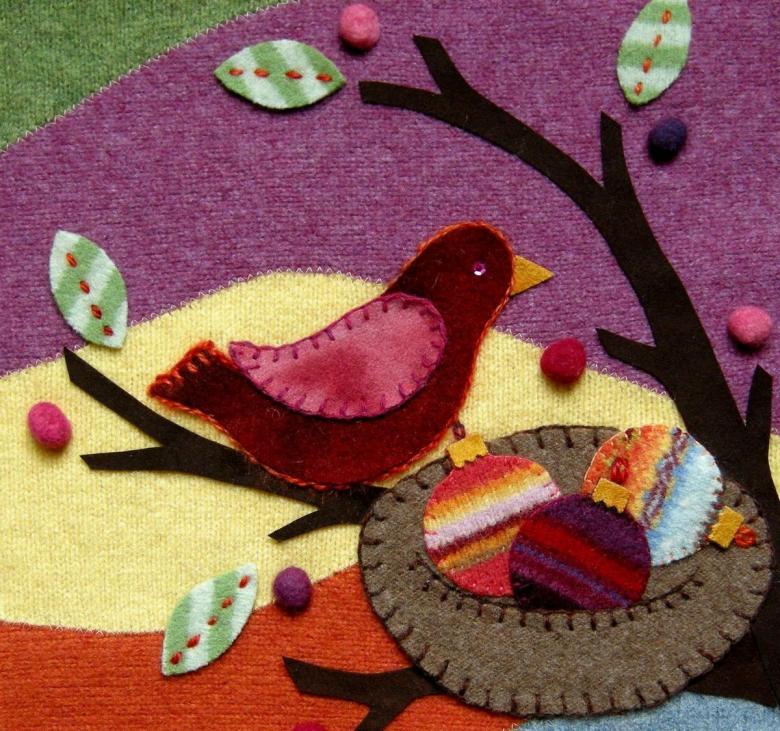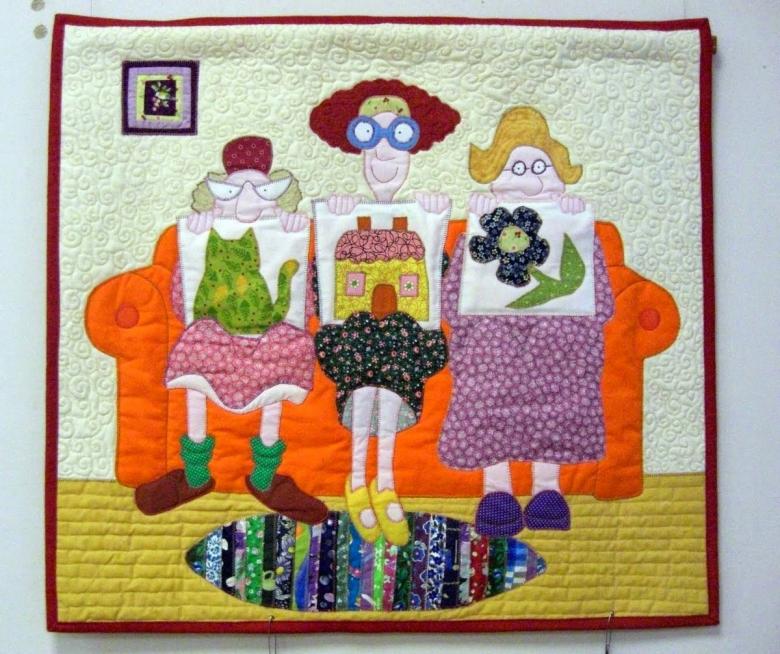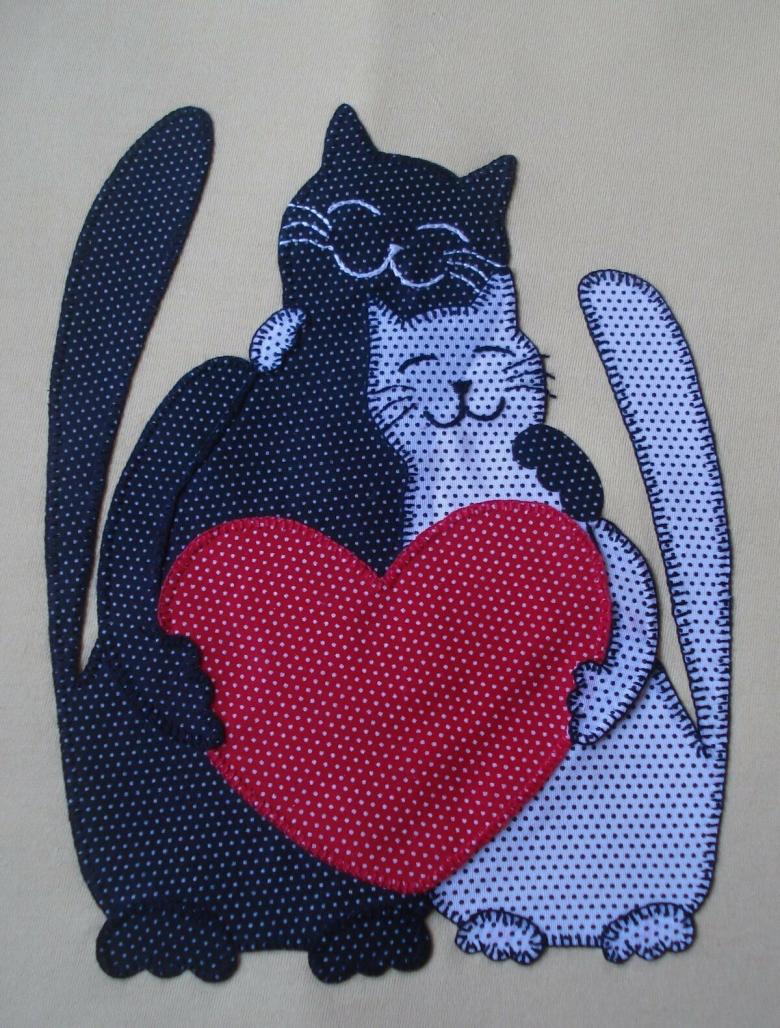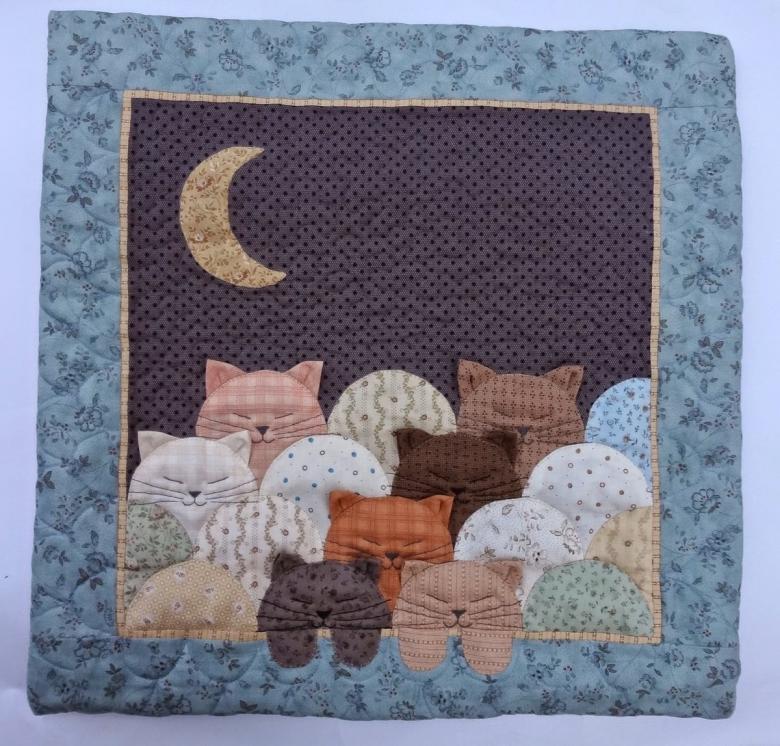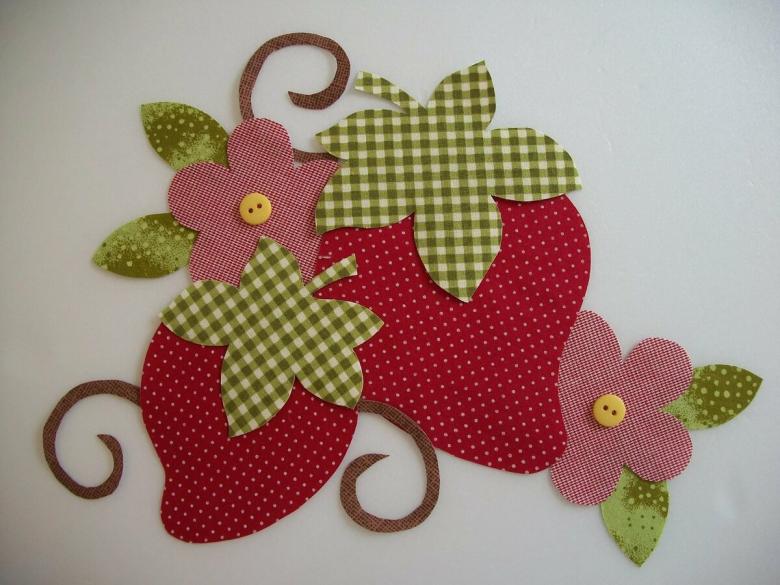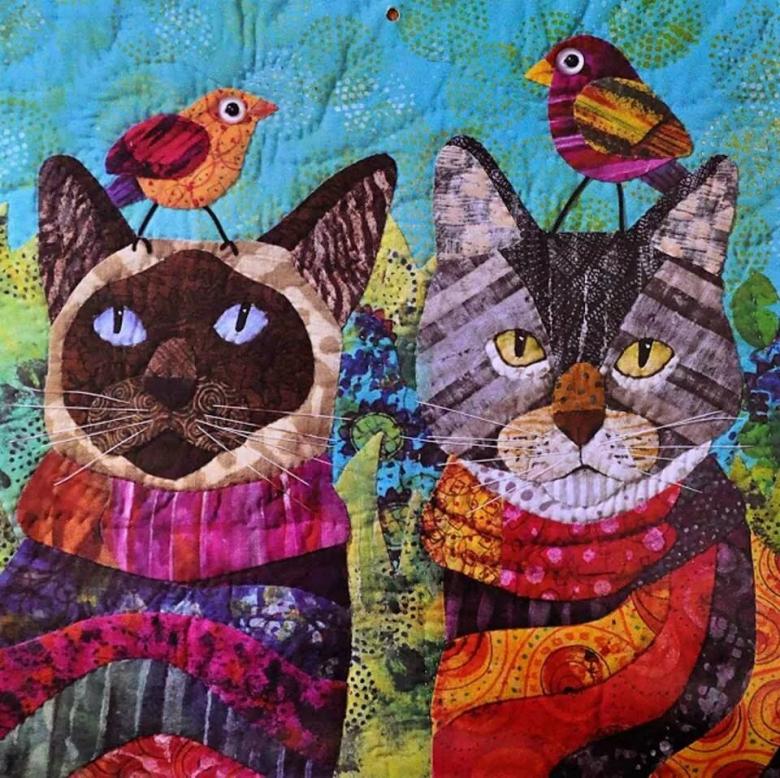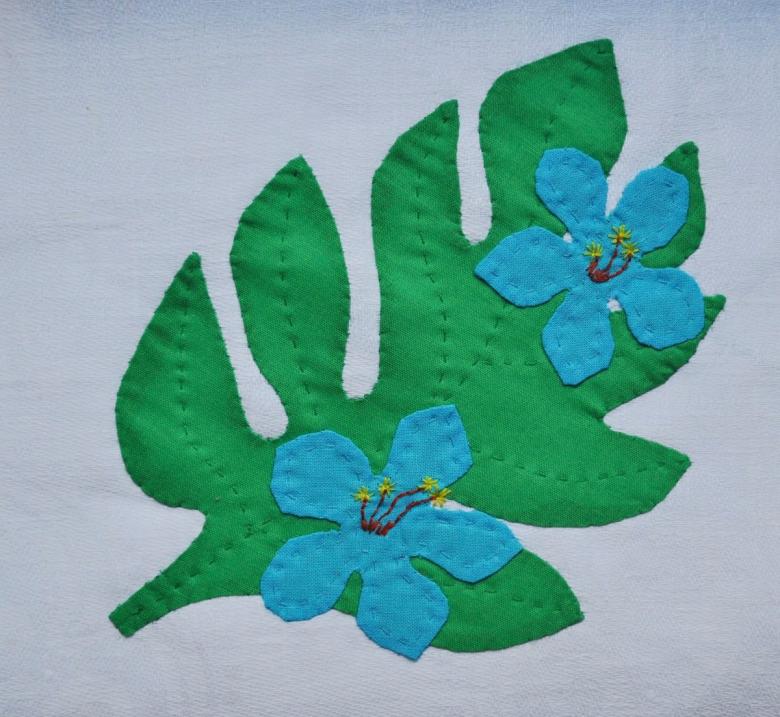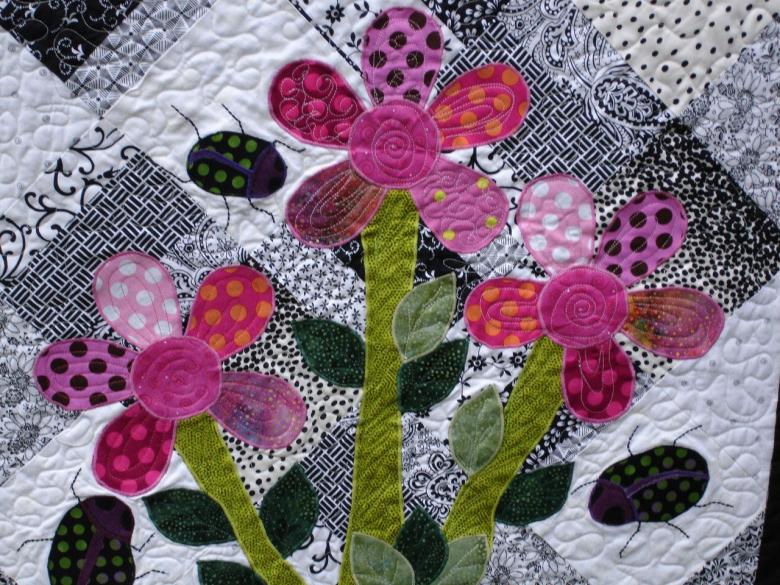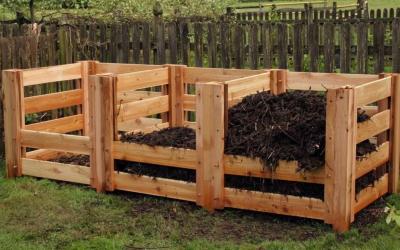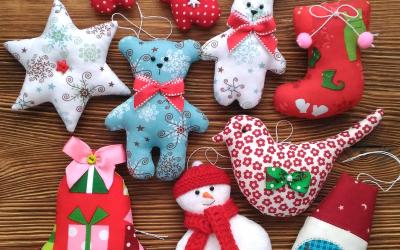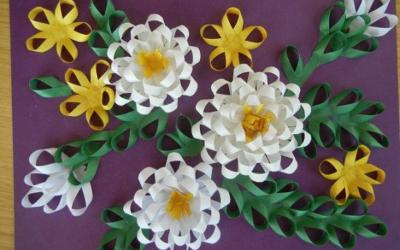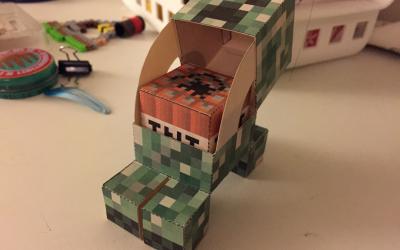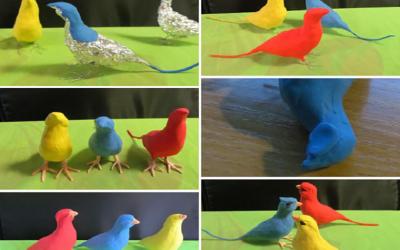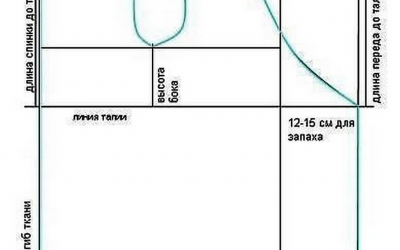How to make an applique out of fabric: diagrams, patterns, patterns and a detailed description of creation
Decorate clothes, decorate the house or disguise a hole in the fabric will help applique from fabric with their own hands. The technique allows you to quickly and efficiently make trinkets, the decor keeps its appearance longer than paper.
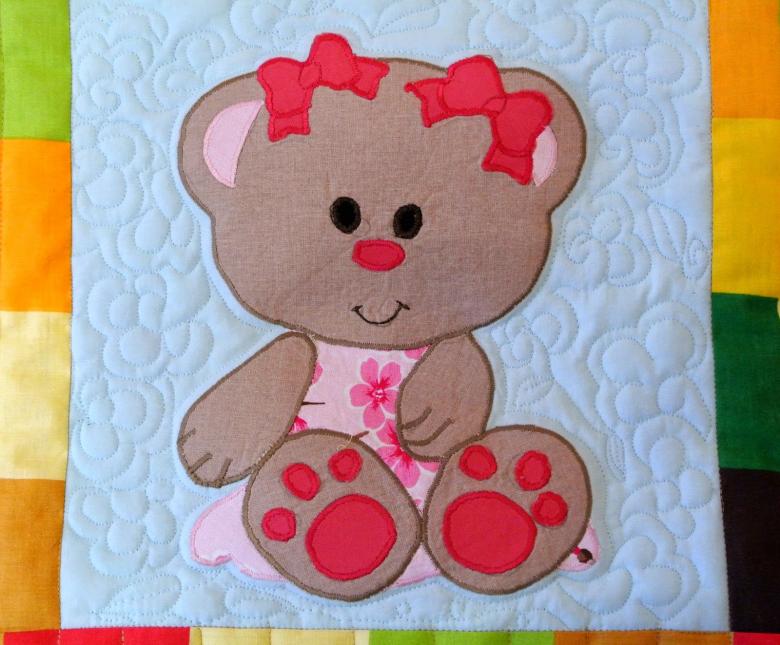
Handicrafts can involve even children who can hold scissors in their hands. There are several varieties, ways to create applications from fabric.
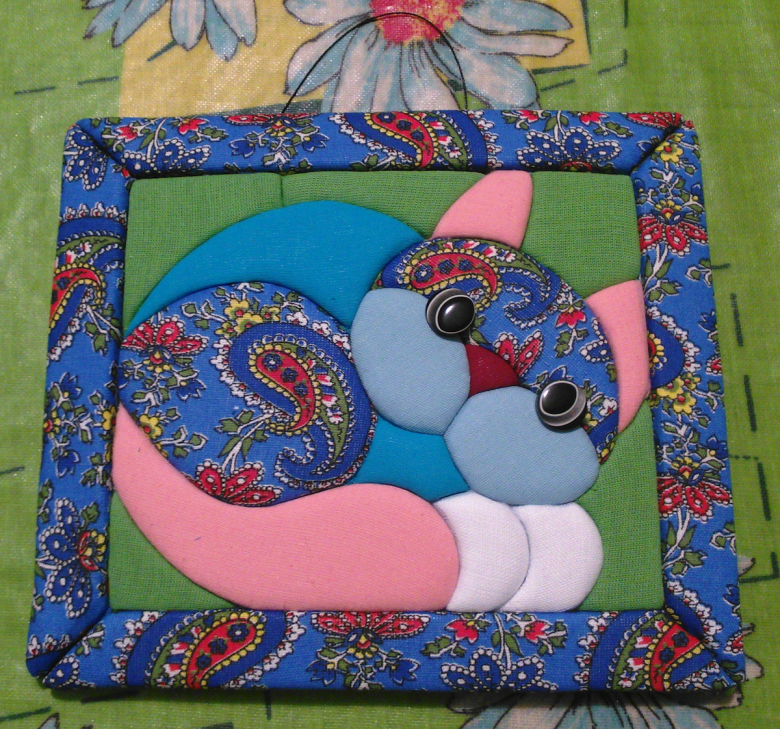
Choosing the fabric for the base
The basic fabric plays an important role in making an appliqué. Not all are suitable for this purpose. For example, you should not give preference to delicate viscose knitwear, it will stretch and lose its shape. Flax with good stiffness or corrugated cloth copes admirably with this task, even jacquard can be made on it.

Therefore, it is worth choosing a stiffer fabrics than the appliqué itself. The material does not necessarily have to have a great thickness and density. Even organza will do, provided there is stiffness.

Suitable materials for work
When creating an applique, any fabrics and elements in the form of:
- dense wool, tweed, half-wool. Smooth applications on things like sweaters, jackets, skirts, vests, coats are well obtained from these materials.
- Soft knitwear. Help to create unexpected draperies, add volume.
- Smooth thin such as cotton, linen, silk. They are great materials to make accent colors or backgrounds for smaller details.
- Transparent types of tulle, organza, gas silk, lace, guipure in order to make voluminous details represented by ruffles, flounces, bows.

Algorithm when working with applique
Before you start making crafts in such a technique, you should know how to make an appliqué from fabric, the main actions.

Work with applique includes the following steps:
- Choosing a template;
- Determination of the preferred size, shape;
- Selection of materials;
- Cutting out the elements;
- Selection of the background, if it is not pre-selected;
- Application of details on the background;
- Fixing the elements;
- Drying, if necessary.
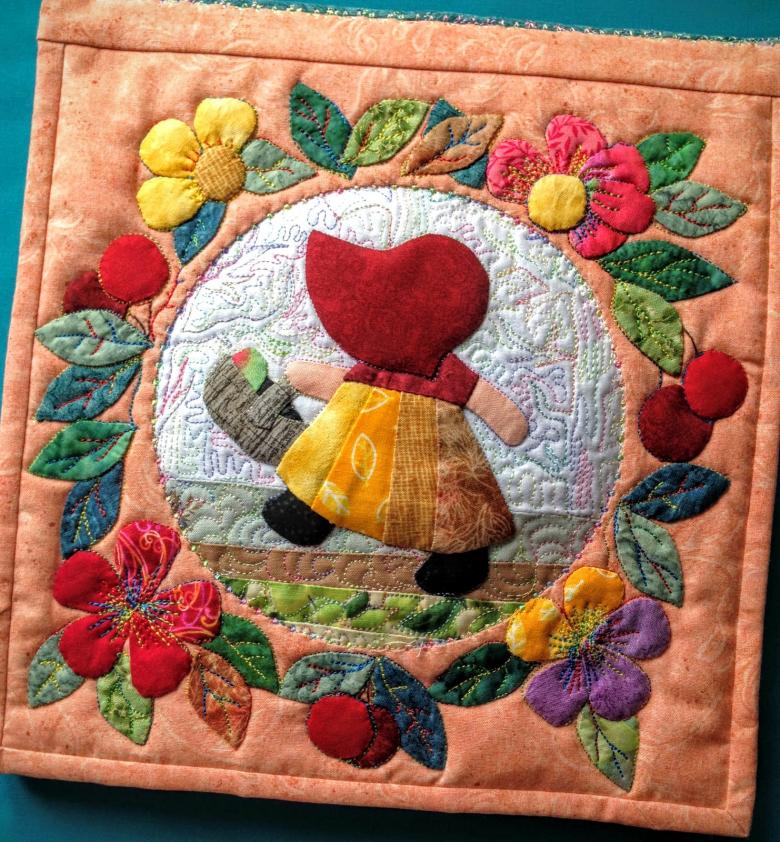
Joining elements: sew or glue?
To join the applique can be:
- Hand stitches in the form of buttonhole, tambourine, ironing stitches;
- With a machine (choose the type of stitch (zigzag stitch), pitch, height);
- with a stitching fabric that has a thermal adhesive layer. The use of thread, needles and glue is not necessary. Children can do applique with the help of stigis;
- gluing on foil. It is necessary to stock up on food film, two pieces of foil. On the board for ironing assemble a multi-layered sandwich of foil (the size larger than the motif, which is glued) foundation face up, food film (cut to the contour of the motif, so there was a margin of 5 cm). At minimum temperature, iron out, leaving it to cool. The method is ideal for working with cotton fabrics. The finished thing can be hand-washed, excluding twisting.
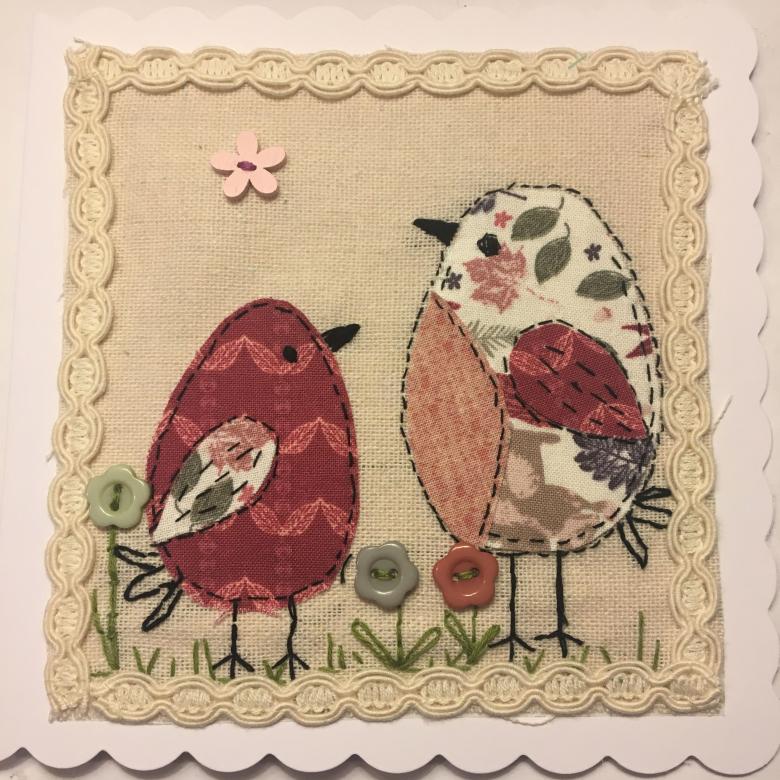
Tips
Before starting work, you should choose the right tools, materials. Their quality directly affects the complexity of the work, the attractiveness of the product. An important factor is the clear adherence to the algorithm of action when working with applique. Here are some tips to facilitate the process of creation:
- Pins are an important tool. They are used to fasten the individual elements to the substrate. This allows the arrangement to be changed at any time without damaging the material. This is important if there are a lot of small elements.
- To sew the appliqué use a thin needle. This gives the handicraft neatness, attractiveness.
- Details of the image are better fixed with cotton threads.
- Sewing pieces near the border is not recommended, it will lead to shrinkage, lack of space on the base.
- Complex figures such as a star or others with an acute angle require preliminary marking on the contour with the final stitching.
- Fabric applique is impossible without preliminary sketches. The templates should be in two variants. You can take any pictures, enlarge them on the computer. Print them. Then transfer to cardboard, so it was convenient to trace on fabric.
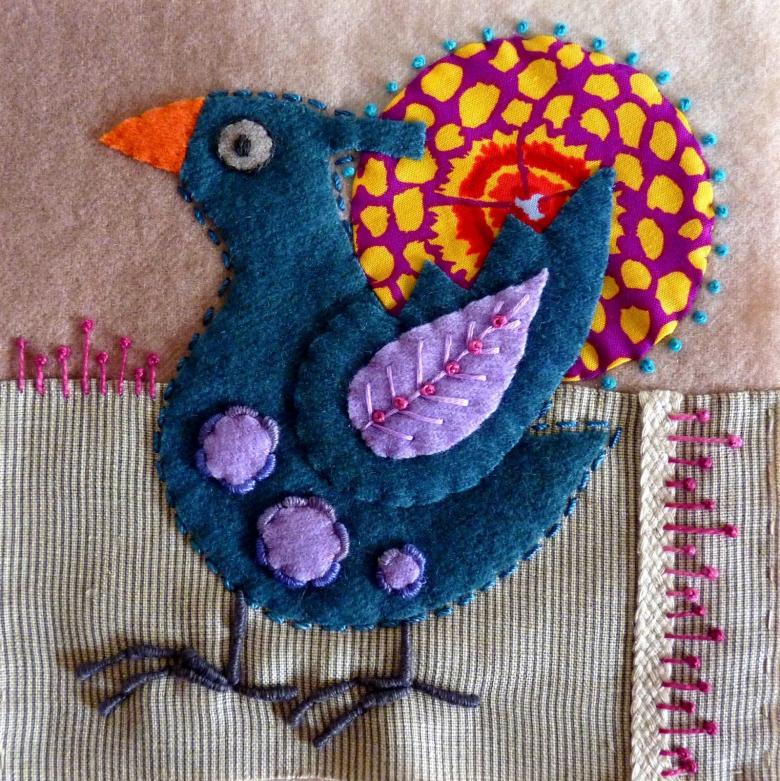
Varieties of .
Applique made of fabric:
- Subject. An appliqué is represented by individual elements assembled into a whole. Can be in the form of a leaf, branch, bird, etc.
- Plot. This applique is composed in such a way that it is possible to trace a set of actions, a sequence of events.
- Decorative. On the fabric have different patterns, ornaments. Such images can be decorated with cushions, blankets, bedspreads and other interior decorations.
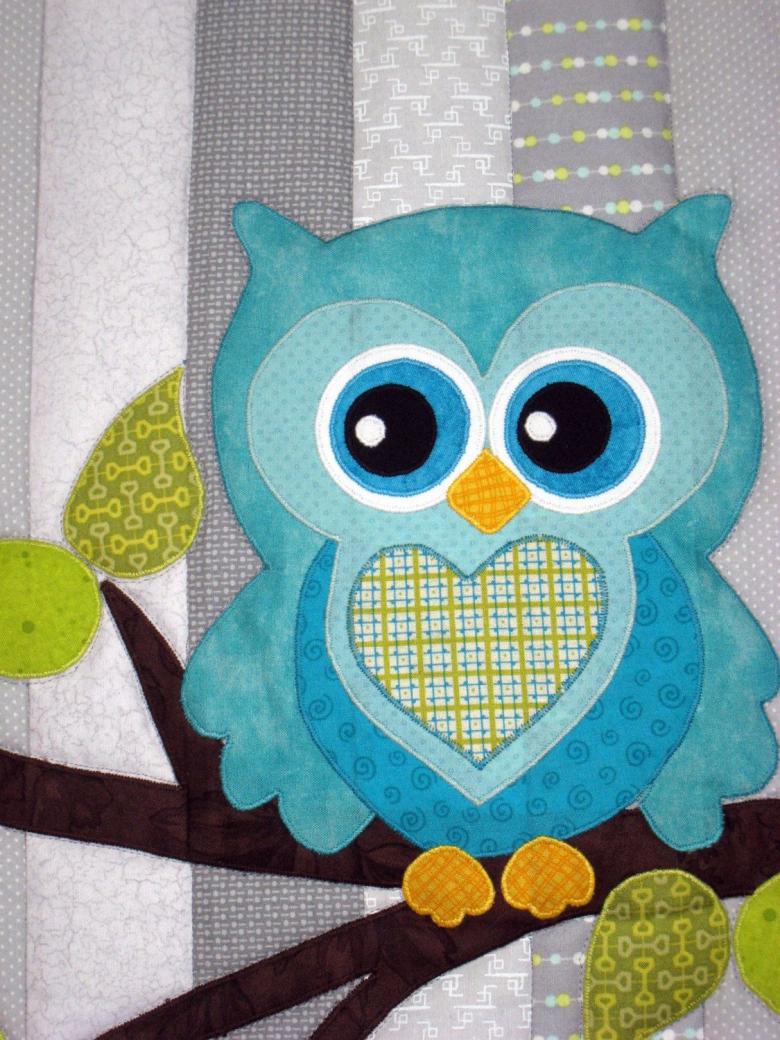
By technique:
- Multilayered. Applique is made of several layers, superimposed on each other.
- Volumetric. Under it is placed a piece of padding or absorbent cotton, due to what the applique seems to be convex. Such work requires careful washing, otherwise the applique will lose its appearance.
- Reverse. Fixation of the decorative blank is carried out from the underside, not from the outside.

Master classes
"Crab".
Materials and tools will be needed in the form of:
- any red piece of fabric;
- fleece backing;
- tracing paper;
- scissors;
- sewing machine;
- needles, thread;
- sketch of a crab;
- clothes for sewing the appliqué.

Making :
- Transferring the drawing to paper. If there are separate parts, each is drawn on its own sheet of paper. They do not need to be cut out.
- A red piece is put under the wrong side of the garment. Fixing the parts with pins to make it comfortable. The top finishing layer is tracing paper with a crab pattern, also fixed.
- Carefully laid the stitching on the machine on the contour. After finishing the work, remove the tracing paper. Use a cutting tool to remove all unnecessary fabric.
- Bright elements - eyes - are added to the resulting image. The basis for attaching a piece of white fabric, on top of tracing paper with eyes, fix the pins, stitch.
- Repeat the previous steps to remove the tracing, cutting unnecessary tissue.
- The remaining elements are added to the applique on the same principle until the end of the work.
- When the appliqué is ready, the edges are stitched with a zigzag stitch. You can also use a special paint for batik. It will add relief and prevent crumbling.
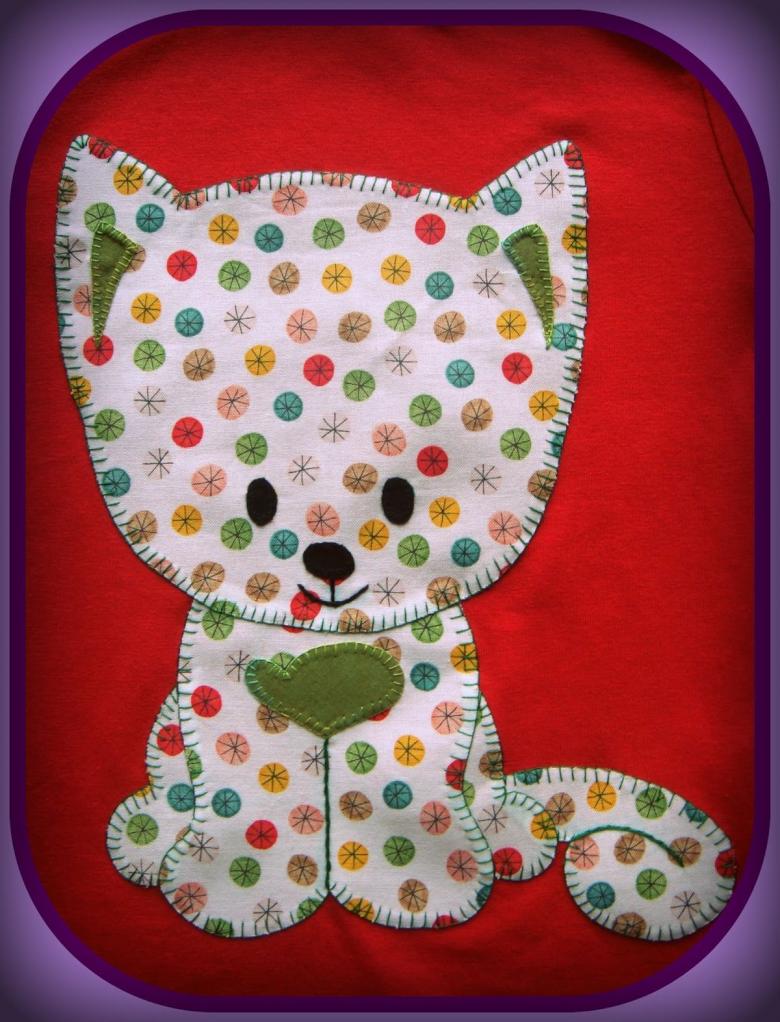
Master class on reverse applique
Needed:
- fabric;
- desired image;
- sewing tools.
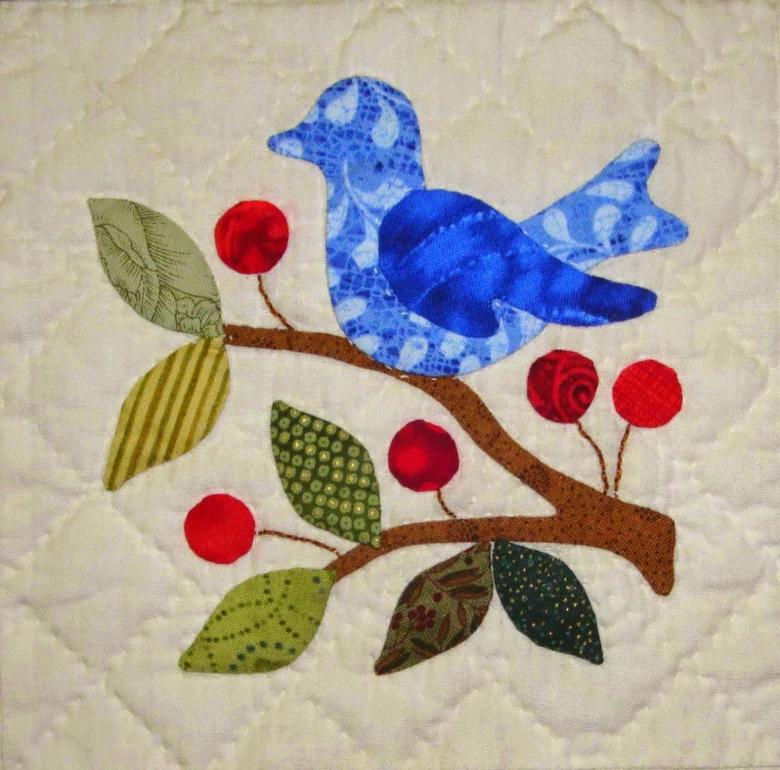
Implementation:
- Selection of an image for the future handicraft, transferring it to a piece of the opposite color;
- Cutting out the resulting pattern;
- Turning the basis on the other side, crossing out the area for the applied pattern;
- Notch in this place of the fabric used.
- Stitching the edge of the image with very small stitches, capturing the base and the flap to be appliquéd.
- After closing the seam, removing the pins, hint stitch.
- Cutting the outline of the image with a good sharpened cutting tool.
- Making the first cut in the center with a gradual expansion.
- Trimming the excess.

So, applique made of fabric is an interesting kind of needlework, which will help in decorating the interior, clothing. And most importantly, it is easy to perform. Now any patchwork will not go unnoticed.


